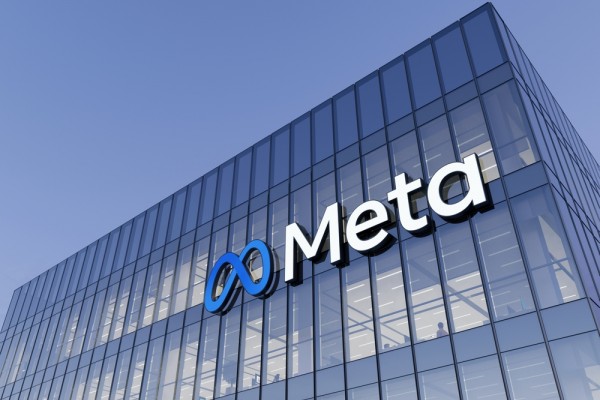Meta introduces less personalised ads option for European users
12/11/2024 | Meta
In a blog article on Tuesday, 12 November, Meta announced plans to change how it delivers ads to European users of Instagram and Facebook who do not pay a fee to access the services. The tiered Consent or Pay model remains in place but includes an updated ad-free subscription option at a lower cost (€12.99 to €7.99 for mobile users and €9.99 to €5.99 for web access) and a new free model with less personalised ads.
The new free version will show ads using contextual markers based on other content users view in a particular session, combined with a "minimal set of data points" such as age, location, gender, and ad interaction.
In certain instances, Meta intends to introduce ad breaks to allow advertisers to connect with users. In practice, this means that the ads will be unskippable and cover the whole screen. Meta also intends to prompt users to confirm whether they want to change their subscription. This could be interpreted as making the service more annoying in an attempt to convince users to agree to personalised ads.
In a statement on LinkedIn, the European Data Protection Board (EDPB) said: "Less invasive ads are great news: while the solution still needs to be assessed, we welcome the fact that an important platform announces that it will offer a new choice for free with less detailed profiling for advertising."
In a separate response, Austrian lawyer, privacy activist and honorary chair of the not-for-profit organisation NOYB, Max Schrems, said: "Overall this just looks like another attempt to ignore EU law by annoying people into consent with huge unskippable ads. Users must have an equal choice between ads that use their personal data and ads that do not. We doubt that Meta's fourth iteration of trying to bypass EU law will be accepted."
Commenting on the EDPB's statement, NOYB expressed surprise that the board issued a statement so quickly. Schrems said: "The first announcement already seems questionable, as Meta says that you cannot opt-out from having your location or age be used. Also having unskippable ads and making the user experience just miserable is just another 'dark pattern' that Regulators have already previously found to be illegal. We doubt that this will be the end of the problems that Meta faces when ignoring the GDPR."
A LinkedIn post by Thomas Höppner highlights that the move is designed to bring its processing in line with competition requirements under Article 5(2) of the Digital Markets Act (DMA), in which gatekeepers must seek users’ consent for combining their personal data.
Additional commentary from the IAPP.

What is this page?
You are reading a summary article on the Privacy Newsfeed, a free resource for DPOs and other professionals with privacy or data protection responsibilities helping them stay informed of industry news all in one place. The information here is a brief snippet relating to a single piece of original content or several articles about a common topic or thread. The main contributor is listed in the top left-hand corner, just beneath the article title.
The Privacy Newsfeed monitors over 300 global publications, of which more than 3,250 summary articles have been posted to the online archive dating back to the beginning of 2020. A weekly roundup is available by email every Friday.

